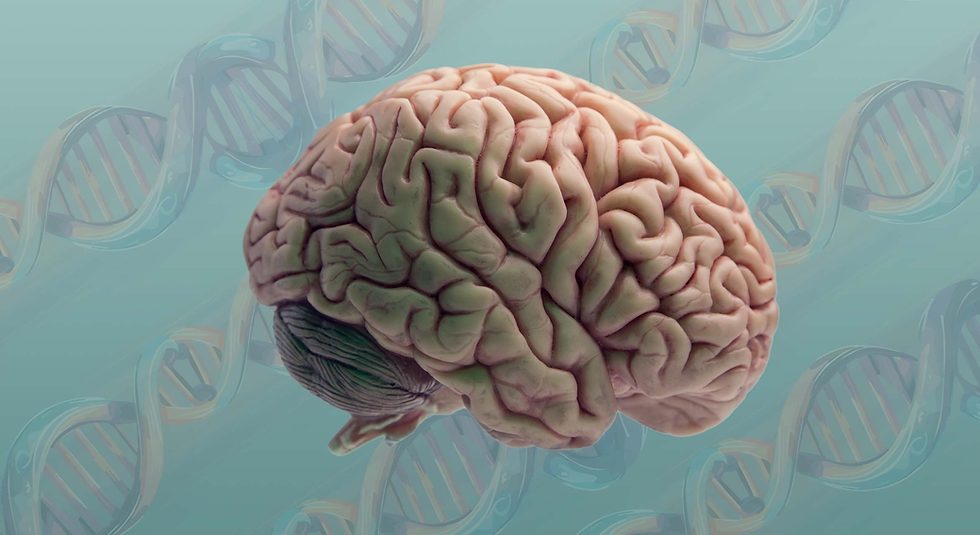UC Santa Barbara: It’s all about expression
- Global Research Partnerships
- Jan 7
- 2 min read

Our brain is arguably the organ that most distinguishes humans from other primates. Its exceptional size, complexity and capabilities far exceed those of any other species on Earth. Yet humans share upwards of 95% of our genome with chimpanzees, our closest living relatives.
UC Santa Barbara professor Soojin Yi, in the Department of Ecology, Evolution, and Marine Biology, her doctoral student Dennis Joshy and collaborator Gabriel Santepere, at Hospital del Mar Medical Research Institute in Barcelona, aimed to determine how genes in different types of brain cells have evolved compared to those in chimpanzees. They found that, while our genes code for almost all the same proteins as other apes, many of our genes are much more productive than those of other primates. Their results, published in the Proceedings of the National Academy of Sciences, highlight the role of gene expression in the evolution and function of the human brain.
Interpreting nature’s blueprints
Each gene tells a cell to make a specific molecule, but this isn’t performed by the DNA itself. Instead, the information is relayed to cellular machinery by a molecule called messenger RNA. Researchers measure gene expression by observing the amount of mRNA a specific gene produces.
As scientists began to understand the role of the genome as life’s blueprint, they thought perhaps the human genome could explain our unique traits. But a thorough comparison with chimpanzees in 2005 revealed we share 99% percent of our genes (though scientists have since revised this number). This confirmed earlier studies based on small numbers of genes that had suggested there was only a small difference between the human and chimpanzee genome.
Now biologists suspect that gene expression may underlie these differences. Consider a monarch butterfly. The adult has the same genome as when it was a caterpillar. The incredible differences between the two life stages all come down to gene expression. Turning on and off different genes, or having them code for more or less mRNA, can drastically alter an organism’s traits.
Getting a clearer picture
Previous research has found differences in gene expression between humans and chimpanzees, and that human cells tend to have higher gene expression, but the picture was blurry. The brain is made up of many varieties of cells. Traditionally, scientists organized brain cells into two major types: neurons and glial cells. Neurons carry electrochemical signals, a bit like the copper wiring in a building. Glial cells perform most of the other functions, such as insulating the wires, supporting the structure and clearing out debris.
Until recently, scientists could only study bulk tissue samples composed of many different types of cells. But within the past decade, it’s become possible to assay cell nuclei one at a time. This allows researchers to distinguish between cell types, and often even subtypes.
Yi, Joshy and Santepere used datasets generated from a device with a very narrow channel to separate each nucleus into its own chamber in an array. Then they grouped the cells by type before performing statistical analysis.



